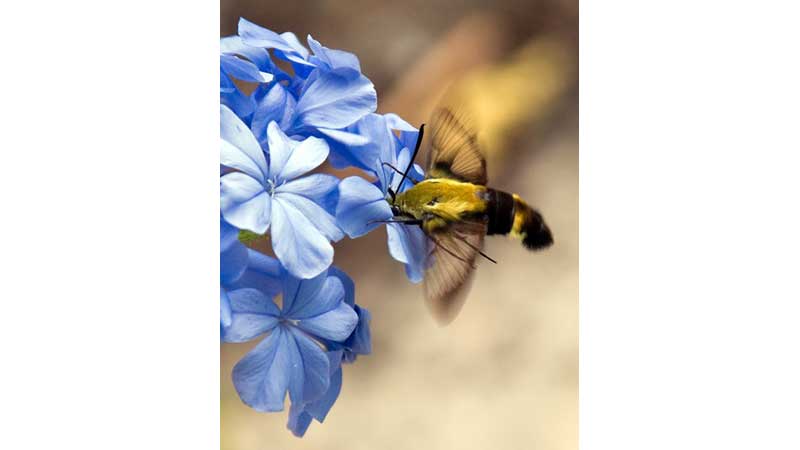The art of keeping plants alive
Published 8:52 am Tuesday, March 19, 2019

- My friend has a pot of plumbago by her front door. It’s the one plant that she can grow successfully for an entire season. Maybe, just maybe there’s hope.
About every six weeks, I get a text from someone I know. It contains only a photo of a very sad looking house plant. No comments; nothing else. The unwritten question is “What should I do?” If the plant isn’t already dead, the answer is almost always: Water it. Sometimes, however, the plant is crispy and just needs to be chucked out with the trash.
My friendly serial plant killer is like many well-intentioned people these days. She goes shopping and finds an interesting plant that would be the perfect pop of green for a dark corner in her lounge, so she takes it home, plops it down, and promptly forgets about it. Until she notices that the poor plant looks terrible. Like many busy people, she yearns for a plant or two to connect her to nature. She thinks that house plants may even make her home healthier. And like just about everyone, she views plants as trendy decorating accessories, but forgets that they’re living organisms with specific requirements for their survival.
What to do? When you find an irresistible plant that you just must have (another orchid, maybe two!), consider the basic growing conditions that it needs to thrive. Does it need lots of light, full sun, filtered light, morning sun only, afternoon sun only, or a relatively dark spot equivalent to full shade? Similarly, be sure to consider moisture requirements: high humidity, evenly moist soil, a dry period between watering, or even boggy conditions. There are some orchids, for example, that require constant moisture, but that doesn’t mean the pots should sit in saucers of water or that the growing medium should be soggy. The overall temperature of the house is important too. My plant killing friend keeps the temperature in her home around 65F, which is too chilly for many house plants.
And then there is the growing medium. Cacti and succulents usually require a quick draining sandy potting mix. Other plants have highly specialized requirements, such as bark, volcanic rock, or even an arrangement that allows their roots to be exposed to the air. Most house plants, however, just require a basic potting mix that is loose and doesn’t become easily compacted. Another growth requirement to consider is fertilizer. What kind? How strong? How often? Some plants have unusual requirements. One of my orchids, for example, needs tannic acid, which I supply with an occasional cup of tea. While this isn’t a precisely calibrated solution, it seems to work.
If you can confidently answer all of these questions about growing conditions, there is still one other point to consider before buying that adorable ever so exotic looking plant that you just must have. And this point is critical: how much daily care does the plant require? Is it a finicky grower that requires lots of attention every day or can it survive periods of benign neglect? Will it be fine if you go away for a week or will you need to hire an experienced plant sitter?
Most of us kill a plant now and then. It’s part of the learning process, but if you consistently kill the same types of plants over and over, then it’s probably time to try something else. I haven’t gotten a message from my friendly plant killer in several months. I’d like to think that she’s learning, but I suspect that her husband is watering the plants.
Cynthia Wood can be reached at Cynthia.crewe23930@gmail.com.





